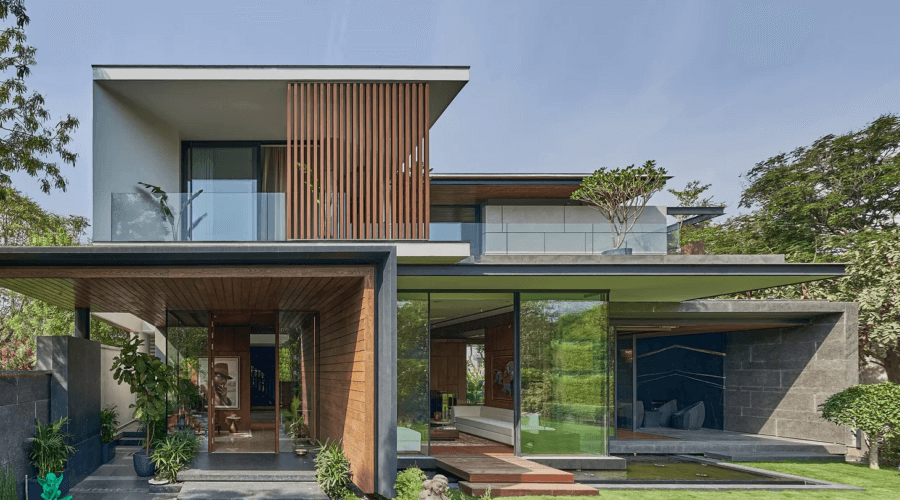As climate change concerns grow, homeowners and builders are shifting toward sustainable solutions. Net-zero living, where homes produce as much energy as they consume, is becoming the gold standard in eco-friendly housing. In 2025, new technologies, innovative designs, and government incentives are accelerating the transition to net-zero homes. Let’s explore the key trends driving this movement and how you can make your home more sustainable.
1. Smart Energy Solutions Powering Net-Zero Homes
One of the core components of net-zero living is energy efficiency. In 2025, smart home technology is integrating seamlessly with renewable energy systems, ensuring optimized energy consumption. AI-powered energy management systems, smart thermostats, and automated lighting help homeowners reduce waste and lower their carbon footprint.
2. Solar Panels and Advanced Energy Storage
Solar energy remains the backbone of net-zero homes. Thanks to advancements in solar panel efficiency and battery storage technology, homeowners can generate and store more energy than ever before. New high-capacity batteries, such as Tesla’s Powerwall and next-gen lithium-ion alternatives, allow for uninterrupted renewable power usage.
3. Sustainable Building Materials
Eco-friendly construction materials are revolutionizing home building in 2025. Builders are using materials such as recycled steel, bamboo, and hempcrete, which are not only sustainable but also improve insulation and durability. These materials reduce construction waste and enhance energy efficiency.
4. Water Conservation and Smart Plumbing
Net-zero living isn’t just about energy—it’s also about water efficiency. Advanced rainwater harvesting systems, greywater recycling, and smart plumbing fixtures are becoming standard features in sustainable homes. Homeowners are reducing water waste while lowering their utility bills.
5. Net-Zero Communities and Green Infrastructure
Beyond individual homes, entire net-zero communities are emerging in 2025. Cities and developers are investing in sustainable infrastructure, such as electric vehicle charging stations, shared solar grids, and green public spaces. These communities foster a culture of sustainability while reducing the overall carbon footprint.
6. Government Incentives and Policies
Governments worldwide are promoting net-zero housing through tax incentives, rebates, and stricter building codes. Homeowners who invest in renewable energy systems or upgrade to energy-efficient appliances are benefiting from financial incentives, making net-zero living more accessible than ever.
7. The Role of AI and Automation in Sustainability
Artificial intelligence is playing a crucial role in making homes smarter and more efficient. AI-powered home assistants monitor energy usage, suggest optimizations, and even automate systems like heating, cooling, and lighting based on user behavior. These advancements help homeowners achieve net-zero living effortlessly.
Final Thoughts
Net-zero living is no longer a futuristic dream—it’s becoming a reality in 2025. With smart technology, renewable energy, sustainable materials, and government support, the transition to sustainable homes is happening faster than ever. By embracing these innovations, homeowners can enjoy a healthier living environment while contributing to a greener planet.




